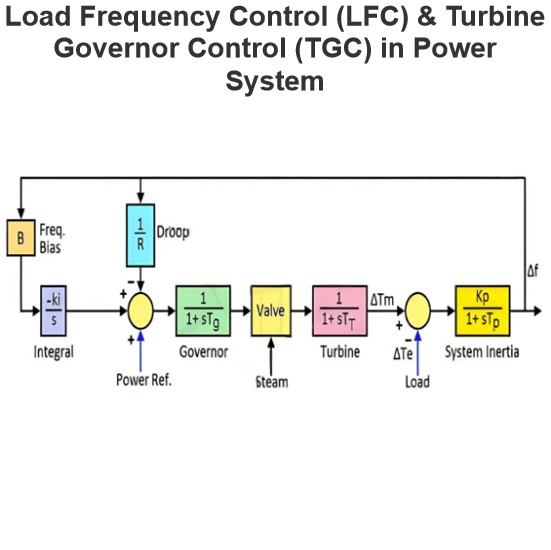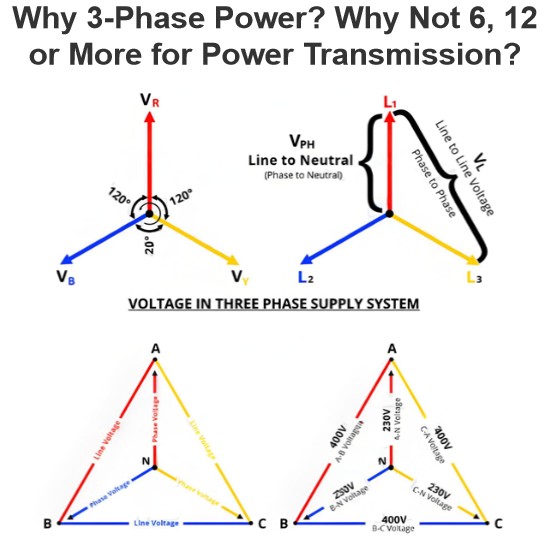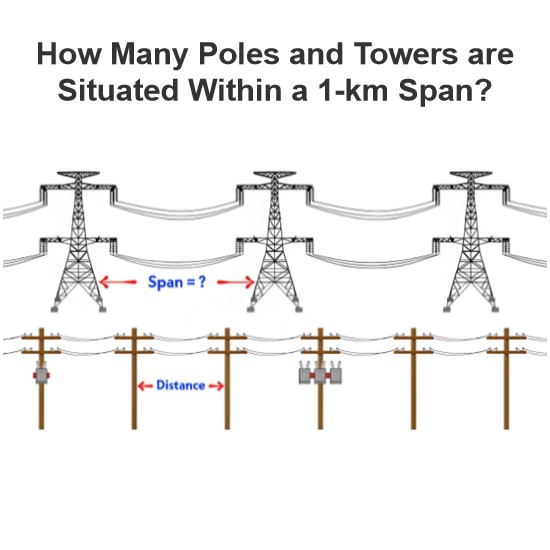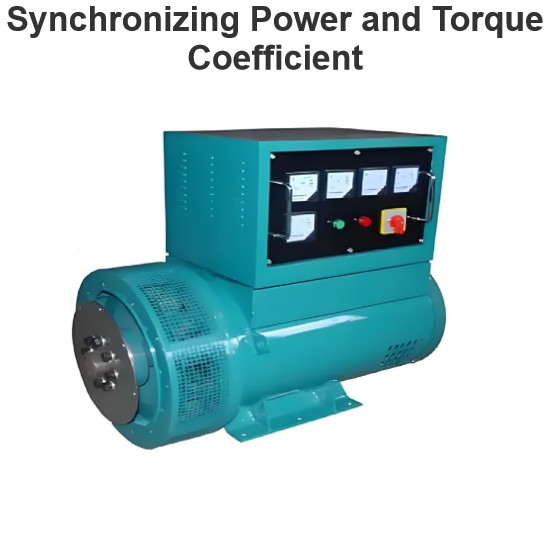What is the relationship between an object's speed and its gravitational force?
The relationship between an object's velocity and gravity can be understood from Newton's laws of motion and the concept of free fall.
Firstly, gravity is a force; it is the attraction exerted by the Earth on objects. Near the Earth's surface, this force is approximately 9.8 meters per second squared (m/s²). When an object is subjected only to gravity, it will accelerate towards the ground. This acceleration is known as the acceleration due to gravity.
An object's velocity is the result of the acceleration caused by the forces acting upon it. If an object begins to fall freely from rest, its velocity will increase over time because gravity continuously accelerates the object. According to physics, the velocity v can be calculated using the following relationship:
v=gt+v0
v is the final velocity,
g is the acceleration due to gravity (approximately 9.8 m/s² on Earth),
t is the elapsed time,
v0is the initial velocity.
For free fall, the initial velocity v0 is usually zero (if the object starts falling from rest), so the equation simplifies to:
v=gt
This means that, in the absence of other forces such as air resistance, the object's velocity will increase proportionally with time.
However, in reality, air resistance affects the object's velocity. As the object's speed increases, air resistance also increases until it equals the gravitational force, at which point the object falls at a constant speed. This speed is known as terminal velocity.
In summary, the relationship between an object's velocity and gravity is manifested in how gravity causes the object to accelerate, and acceleration results in an increase in speed. However, in the real world, factors such as air resistance also influence the actual speed of the object.
The Electricity Encyclopedia is dedicated to accelerating the dissemination and application of electricity knowledge and adding impetus to the development and innovation of the electricity industry.













